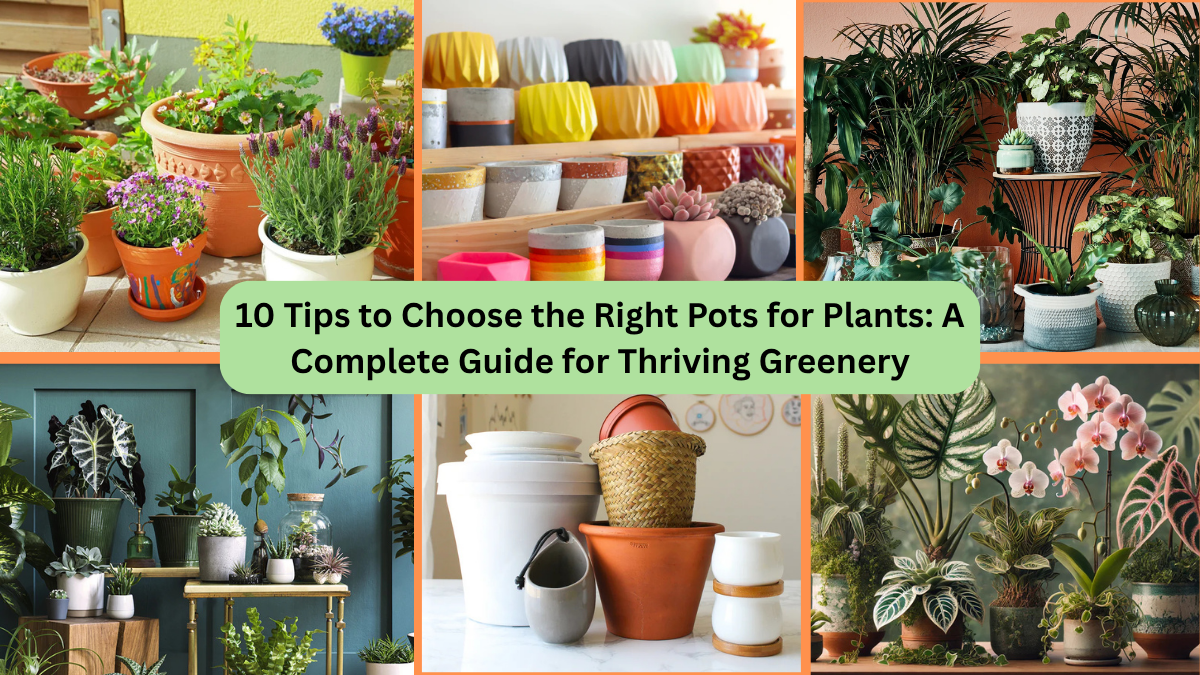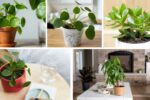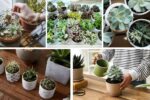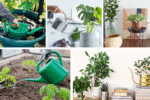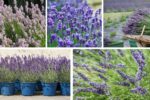When it comes to growing healthy, happy plants — whether indoors or out — choosing the right pot is just as important as selecting the plant itself. The container you choose affects root health, moisture levels, growth habits, and even your home or garden’s aesthetics.
But with endless choices in materials, sizes, shapes, and drainage options, how do you pick the perfect pot? In this guide, we’ll walk you through everything you need to know, offering practical, expert-backed tips to choose the right pots for your plants so they thrive beautifully in their new homes.
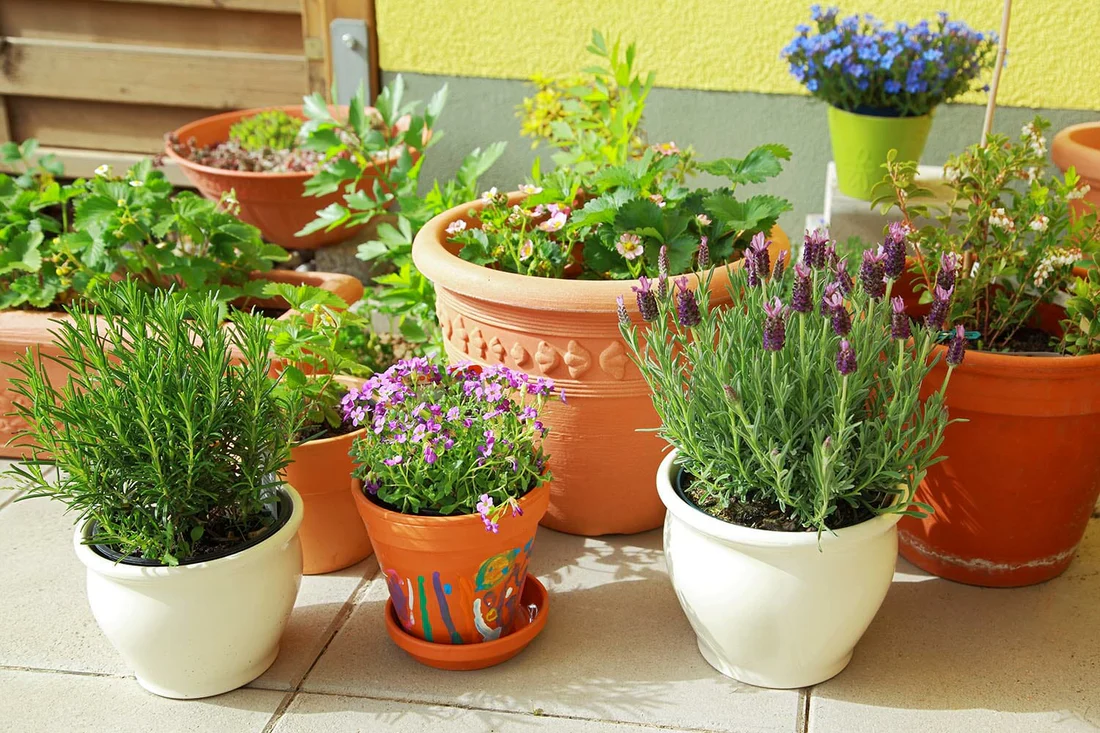
1. Understand Your Plant’s Growth Habit
The first step in choosing the right pot is knowing the specific needs of your plant. Different plants have different root structures and growth habits, which influence the type and size of pot they’ll need.
Consider:
- Shallow-rooted plants (like succulents, lettuce, and herbs) prefer wider, shallow pots.
- Deep-rooted plants (such as tomatoes, roses, and shrubs) require tall, deep containers.
- Spreading plants (like mint or spider plants) benefit from wider containers that accommodate lateral growth.
Tip: Research your plant’s root behavior and mature size before selecting a pot.

2. Prioritize Drainage
One of the most important aspects of any plant container is its drainage. Without adequate drainage, excess water can cause root rot, fungal diseases, and unhealthy plants.
Look for:
- Pots with drainage holes at the bottom to allow water to escape.
- If using a decorative pot without holes, consider placing your plant in a plastic nursery pot inside the decorative container for easy removal when watering.
Tip: You can also layer a few inches of gravel or pebbles at the bottom of pots without holes, though this is a less reliable long-term fix.
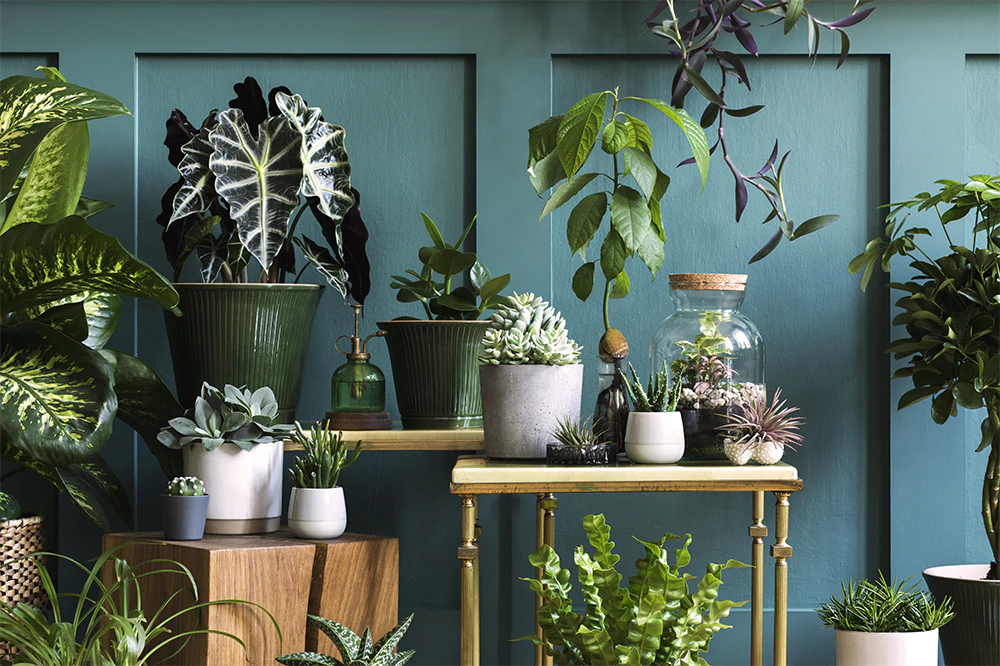
3. Choose the Right Pot Size
Size matters more than you might think. A pot that’s too small can restrict root growth and dry out too quickly, while a pot that’s too large can retain too much water and lead to rot.
General rule:
Select a pot 1-2 inches larger in diameter than your plant’s current container for smaller plants, and 2-4 inches larger for larger plants.
Signs you need to size up:
- Roots circling the inside of the pot.
- Water running straight through the pot.
- Plant toppling over due to being root-bound.
Tip: Avoid jumping too many pot sizes at once — gradual upsizing keeps plants healthier.
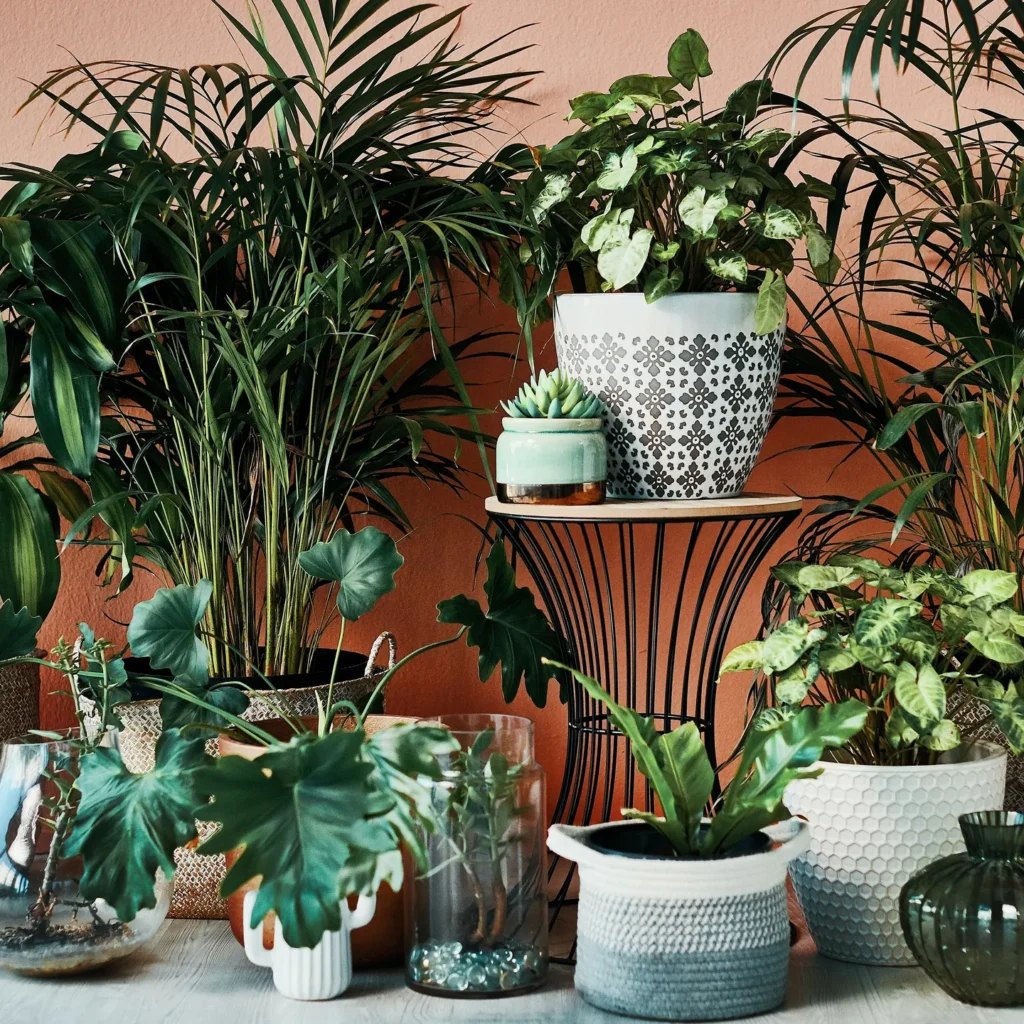
4. Know Your Pot Materials
Plant pots come in a variety of materials, each with unique benefits and drawbacks. Choosing the right one depends on your plant’s needs, your environment, and your aesthetic preferences.
Popular pot materials:
- Terracotta (Clay)
Pros: Porous, breathes well, classic look.
Cons: Dries out quickly, prone to cracking in freezing temperatures. - Ceramic (Glazed)
Pros: Decorative, retains moisture well.
Cons: Heavier, usually pricier. - Plastic
Pros: Lightweight, inexpensive, retains moisture.
Cons: Can look cheap, may degrade in sunlight. - Metal
Pros: Modern look, durable.
Cons: Can heat up and damage roots in direct sun. - Wood
Pros: Natural appearance, good insulation.
Cons: May rot over time without proper sealing. - Concrete
Pros: Sturdy, durable, excellent for large plants.
Cons: Very heavy, hard to move.
Tip: Match the pot material to your environment. For example, avoid terracotta for plants needing consistently moist soil or in extremely hot areas.
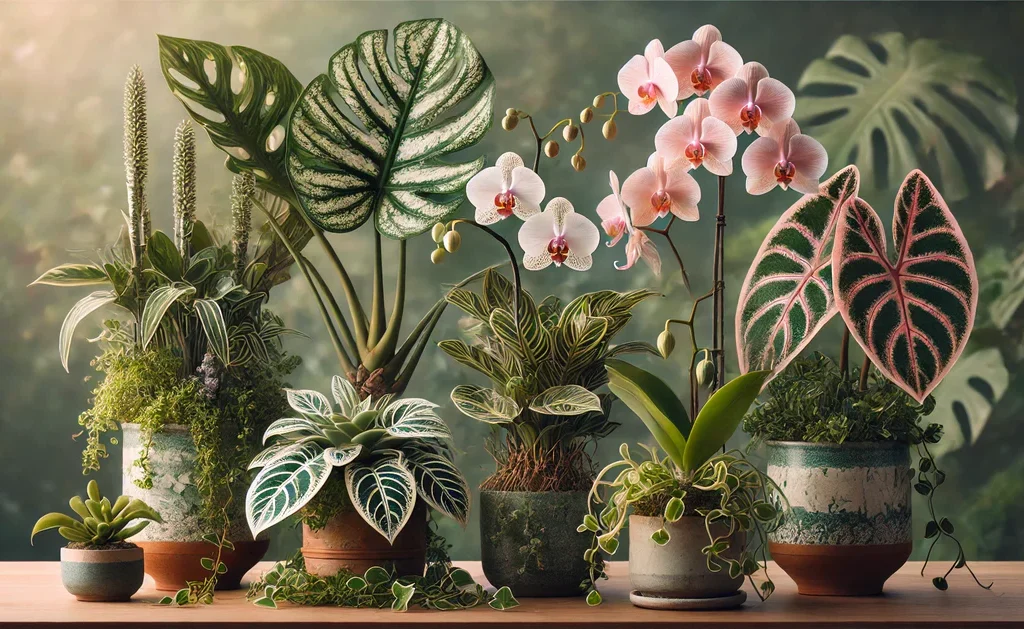
5. Factor in Your Environment
Your indoor or outdoor climate influences how quickly soil dries out and how your plant’s roots develop. This should guide your choice of both pot material and size.
Consider:
- Hot, dry climates: Use non-porous pots (like glazed ceramic or plastic) to retain moisture.
- Cool, humid areas: Opt for breathable materials (like terracotta) to prevent soggy soil.
- Windy balconies: Choose heavier pots (like concrete or ceramic) to anchor plants.
Tip: Grouping pots together can help reduce moisture loss and shield plants from extreme weather.
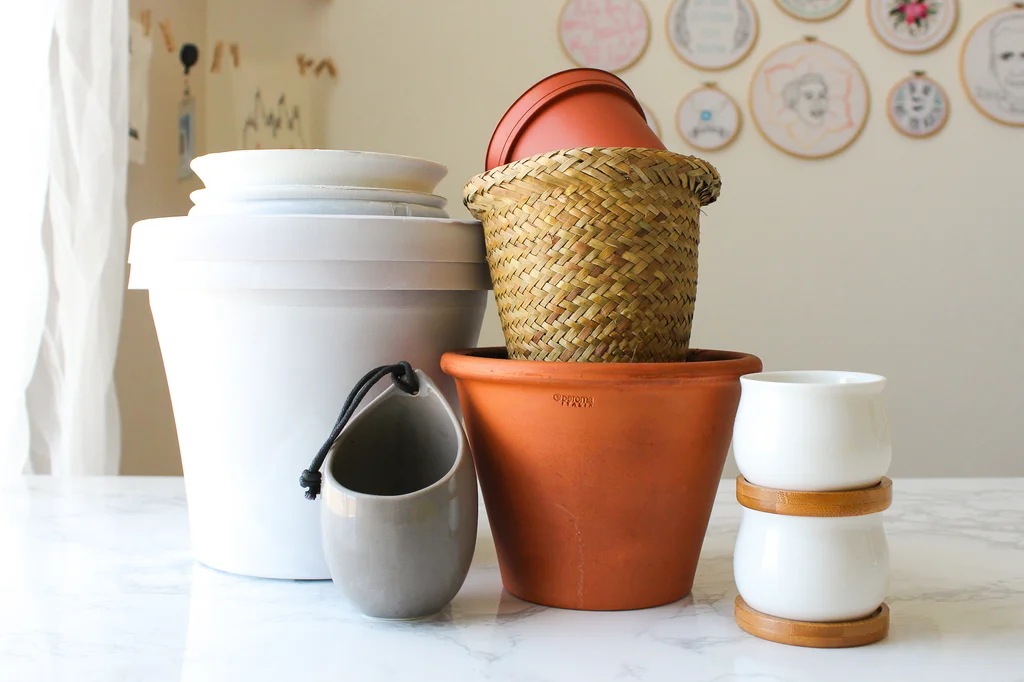
6. Match Pot Style to Your Decor
Beyond functionality, your plant pots should complement your personal style and living space. The right pot can transform a simple plant into a standout decorative feature.
Style ideas:
- Boho chic: Woven baskets, macramé hangers, and hand-painted terracotta.
- Modern minimal: Sleek black, white, or grey pots in matte finishes.
- Rustic farmhouse: Distressed wood planters or aged concrete.
- Tropical oasis: Brightly colored ceramics or patterned glazed pots.
Tip: Mix pot sizes and heights to create visual interest in groupings or corners.
7. Consider the Weight
If you plan to move your plants regularly — whether to chase the sun, redecorate, or protect them from weather — choose pots that are manageable for lifting.
Lightweight materials: Plastic, fiberglass, or lightweight ceramic.
Heavy materials: Concrete, stone, and large terracotta.
Tip: Place heavy pots on wheeled plant caddies or saucers with casters for easier mobility.
8. Think About Special Features
Many modern pots come with added features that can make plant care easier.
Helpful features to look for:
- Self-watering reservoirs: Help keep soil evenly moist.
- Built-in saucers: Catch excess water and prevent messes indoors.
- UV protection: Extends the life of plastic or resin pots outdoors.
- Frost-resistant materials: Essential for year-round outdoor planting in cold climates.
Tip: When buying online, always check product descriptions for these details.
9. Avoid Toxic Materials for Edibles
If you’re growing herbs, vegetables, or edible flowers, be cautious about the materials your pots are made from. Some containers can leach chemicals into the soil over time.
Safe choices:
- Food-grade plastic
- Terracotta
- Glazed ceramic (lead-free)
- Wood treated with non-toxic sealants
Tip: Avoid old tires, painted wood, or unsealed metal for growing edible plants.
10. Don’t Forget About Repotting
Your plant’s needs evolve as it grows, and so should its pot. Keep an eye out for signs that it’s time to upgrade or refresh the container.
Signs it’s time to repot:
- Roots poking out of drainage holes.
- Soil drying out too quickly.
- Noticeable stunted growth.
- Plant becoming top-heavy.
Tip: Always repot during the plant’s active growing season, typically spring or early summer.
Final Thoughts
The right pot does more than hold soil — it’s the foundation for your plant’s health, beauty, and longevity. By considering drainage, size, material, environment, and style, you’ll create an ideal environment where your plants can flourish.
Ready to refresh your plant collection? Use these tips as your go-to checklist when choosing new homes for your green companions, whether you’re sprucing up your patio, balcony, or living room shelf. Your plants (and your décor) will thank you.
